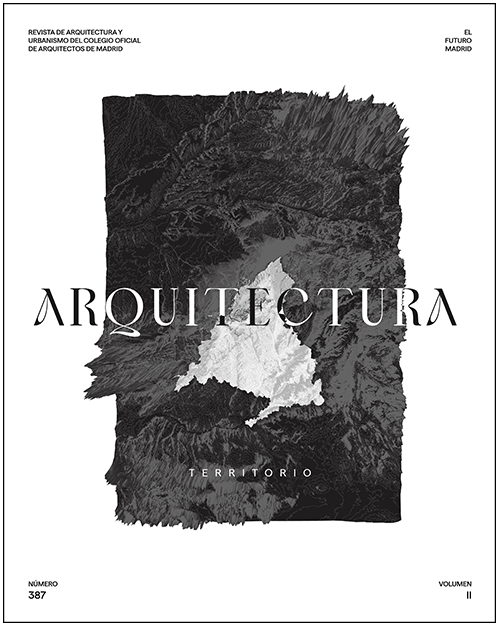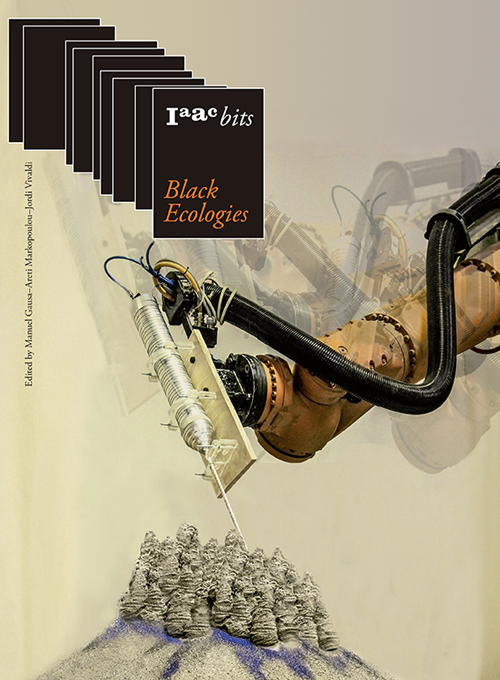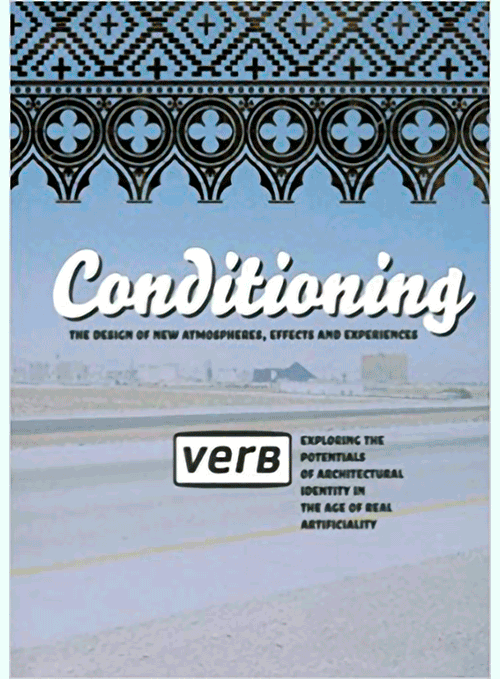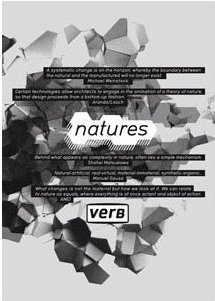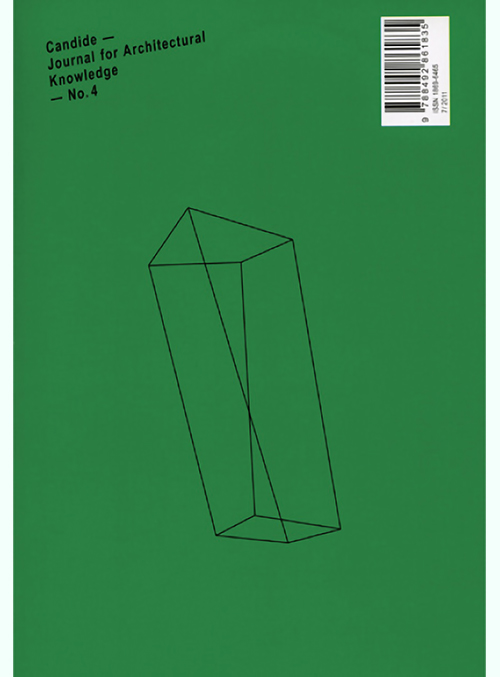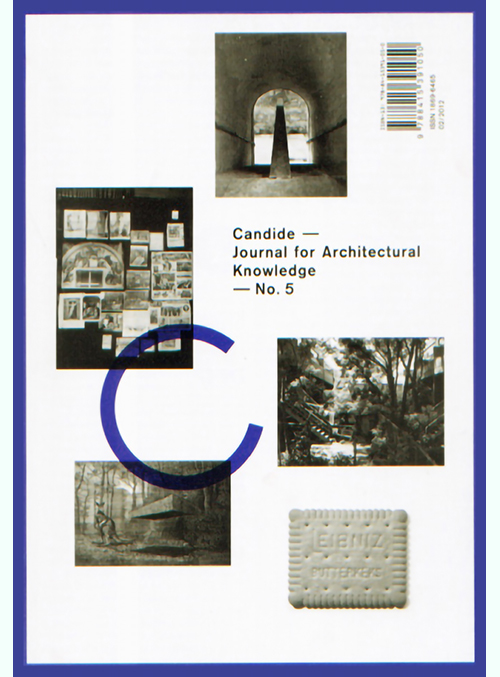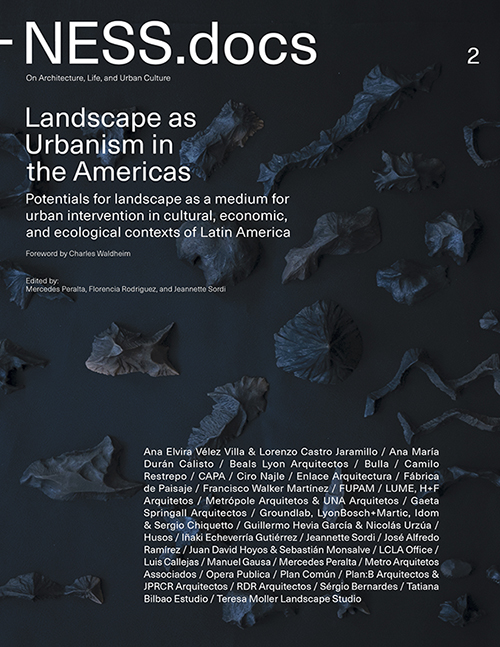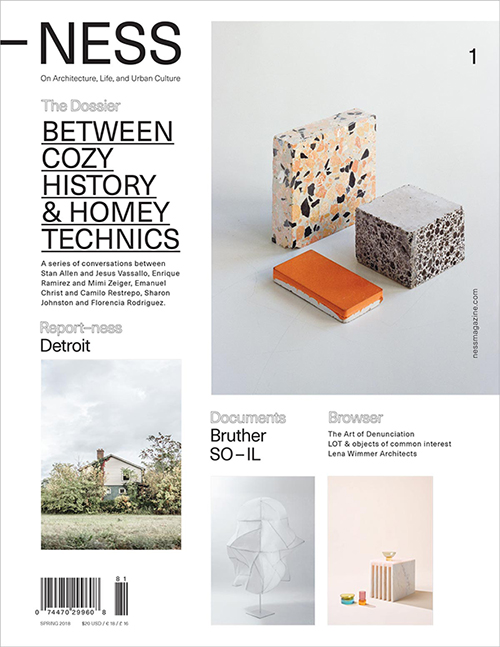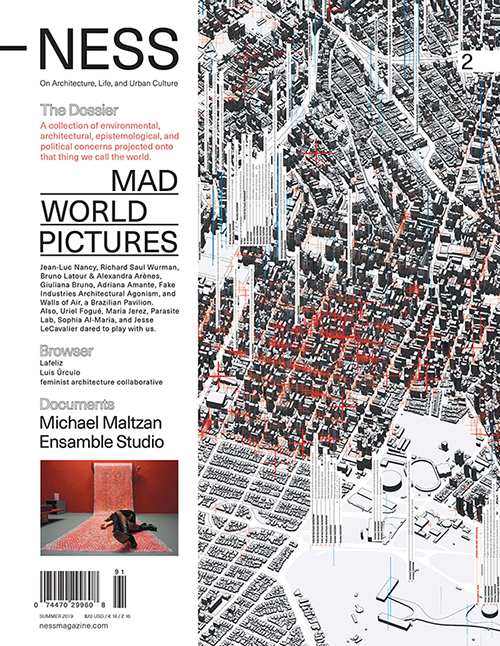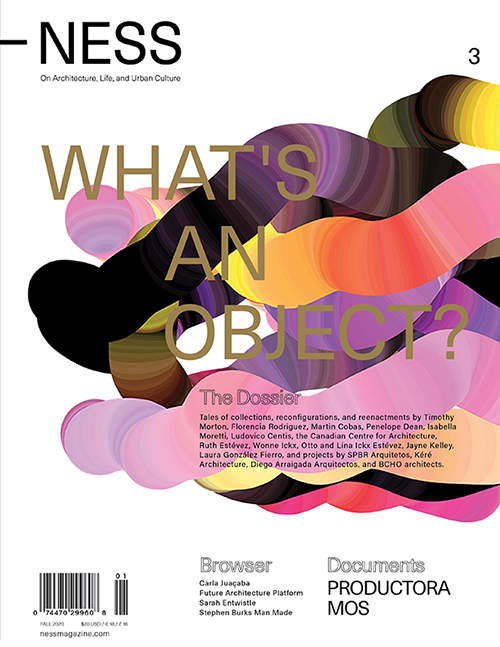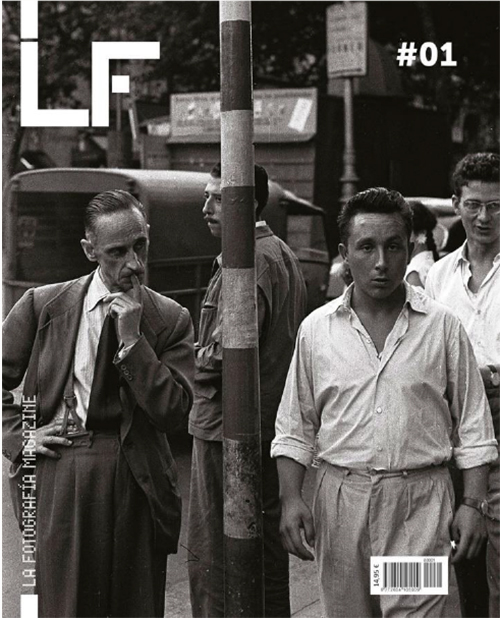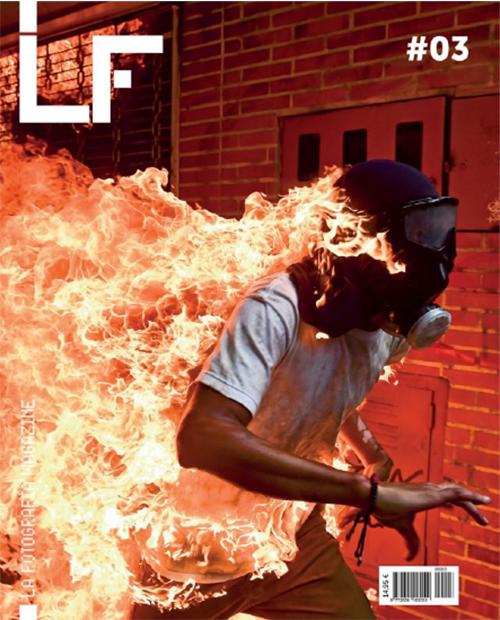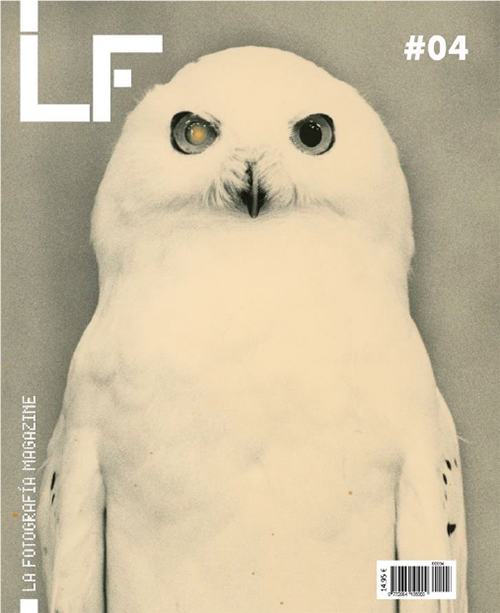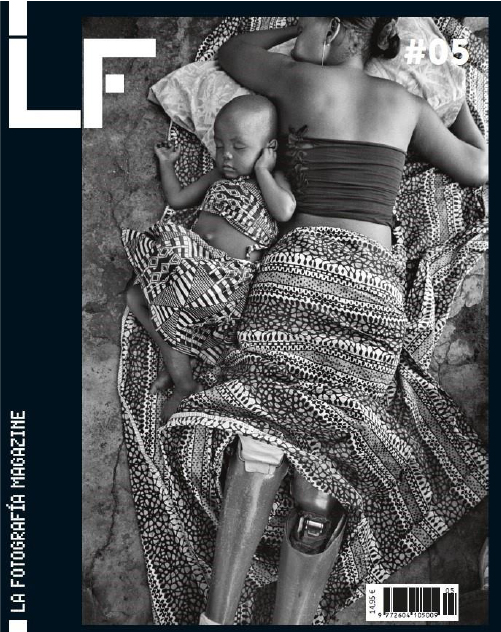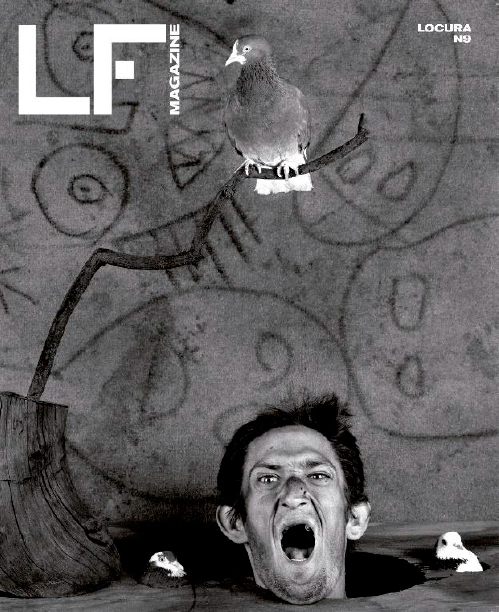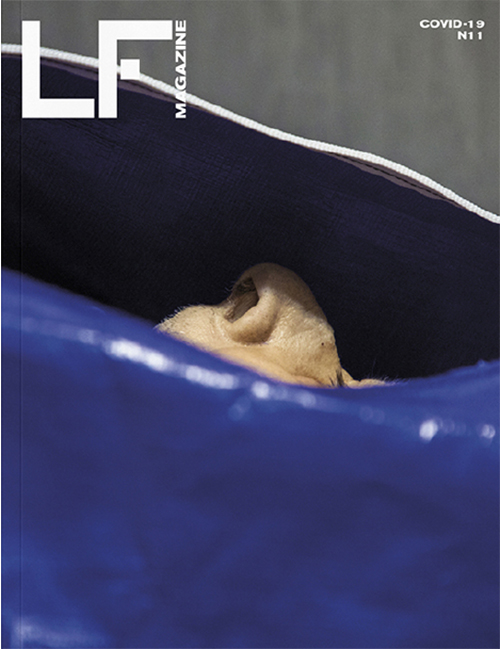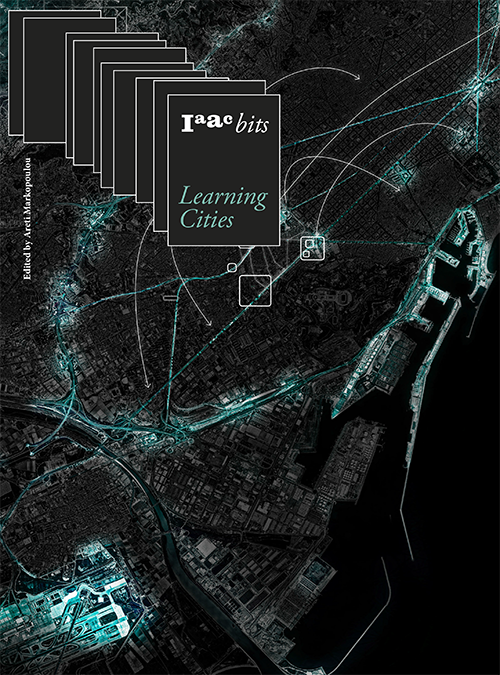
Iaac Bits 10: Learning cities
Collective Intelligence in Urban Design
Areti Markopoulou
The digital intelligence that is inevitably starting to penetrate every aspect of our previously analogue systems of living, working or social interacting calls for new models of designing our city and opens new territories of experimentation in the processes related to urban design. While the idea of intelligent machines that simulate “cognitive functions” such as “learning” or “problem solving” is not new, its extensive use, in recent years, in the urban design discipline opens up a series of new possibilities – as well as plenty of cultural, ethical or even aesthetic hesitations and risks.
How do our cities learn? Can machines design and what?
Is crowd intelligence appropriately harvested in our evolutionary and generative design processes? And has our current big data analysis approach reached the limit of human and computational intelligence?
Learning Cities explores the “intelligence” applied in the processes and outcomes of designing our urban environments.
35,00€
Buy Ebook 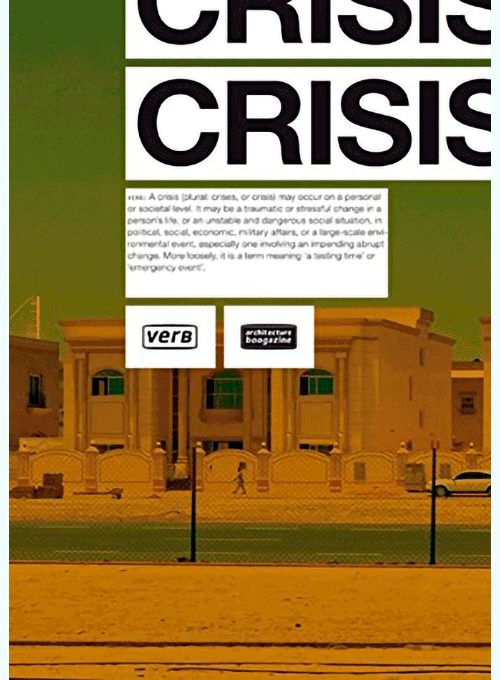
Verb Crisis ( ENG ED. )
Mario Ballesteros
Verb Crisis examines architectural solutions to the extraordinary conditions of an increasingly dense and interdependent world.It presents innovative projects and research through original photos, essays, and exclusive interviews with key figures from architecture and urban planning to environmental, economic, and global affairs. Confronted by shifting densities and uncharted urban transformations, Crisis tackles the conflict between the physical limits of architectural design and the demands on the practice for an updated social relevance.
Buy Spanish edition
EBOOK VERSION
19,00€
Buy Ebook 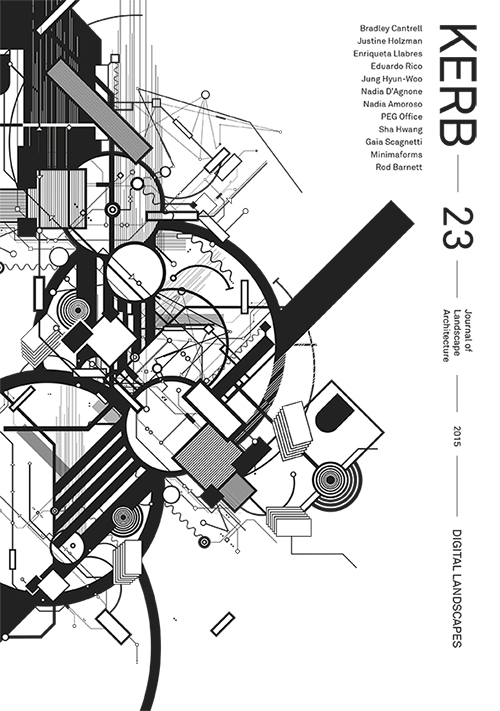
KERB 23
Digital Landscapes
Georgia Aldous, Sophia Horomidis, Rebecca Pike & Robert Williamson
Originating as a RMIT university pamphlet in 1989 for the purpose of discussing landscape architecture. The journal now boasts a diverse selection of contributors, focusing on contemporary landscape architecture themes. The journal is edited by a group of students, who select the articles pertinent of each edition. Kerb seeks to set the agenda for designers and architects, establishing a platform for new ideas and contemporary design theory. Kerb Journal is now featured on university reading lists around the world.
It is the identification and manipulation of matter that has the potential to inform, change, align, and drive a physical interaction and making with the world. Kerb 23 examines ways in which ‘Digital Landscape’ discourse can be applied to landscape architecture. Through exploring Simulation, Fabrication, Augmentation and emerging theories of ‘Digital Ecologies’ we can navigate new horizons of what is made ‘possible’ within
27,50€
Buy Ebook 

Bracket 1: On Farming
Mason White, Maya Przybylski
Bracket is a new book series that highlights emerging critical issues at the juncture of architecture, environment, and digital culture. It is a collaboration between InfraNet Lab and Archinect. Seeking new voices and design talent, Bracket is structured around an open call for entries. Conceived as an almanac, the series looks at emerging thematics in our global age that are shaping the built environment in radically significant, yet often unexpected ways. The series will chart the emergence of this current design generation. A generation raised when the internet was commonplace, when environmental issues reached a critical 'inconvenient truth,' and when the cultural capital of architecture was in need of new vision. The Bracket series will address the complex impacts of globalization on architecture, landscape, and urbanism. Bracket 1 is titled On Farming and looks at the capacity for architecture to address ideas and issues of productive landscapes

Bracket 2: Goes Soft
Neeraj Bhatia, Lola Sheppard
This publication critically positions and defines soft systems through 27 projects and 12 articles.
An in-depth study of soft systems in design Bracket 2 examines physical and virtual soft systems, as they pertain to infrastructure, ecologies, landscapes, environments, and networks. In an era of declared crises—economic, ecological and climatic, amongst others—the notion of soft systems has gained increasing traction as a counterpoint to permanent, static and hard systems.
EBOOK VERSION
18,00€
Buy Ebook 
Bracket 3: At Extremes
Lola Sheppard & Maya Przybylski
This publication includes critical articles and unpublished design projects that investigate architecture, infrastructure and technology as they operate in conditions of imbalance, negotiate tipping points and test limit states.
We are conditioned, as designers of the built environment, towards the organization of people, programs and movement. Indeed the history of modern urbanism, architecture and building science has been predicated on an anti-entropic notion of programmatic and social order. But are there scenarios in which a state of extremity or imbalance is productive? Bracket [at extremes] seeks to understand what new spatial orders emerge in this liminal space. How might it be leveraged as an opportunity for invention? What are the limits of wilderness and control, of the natural and artificial, the real and the virtual? What new landscapes, networks, and urban models might emerge in the wake of destabilized economic, social and environmental conditions?
EBOOK VERSION
34,00€
Buy Ebook 



